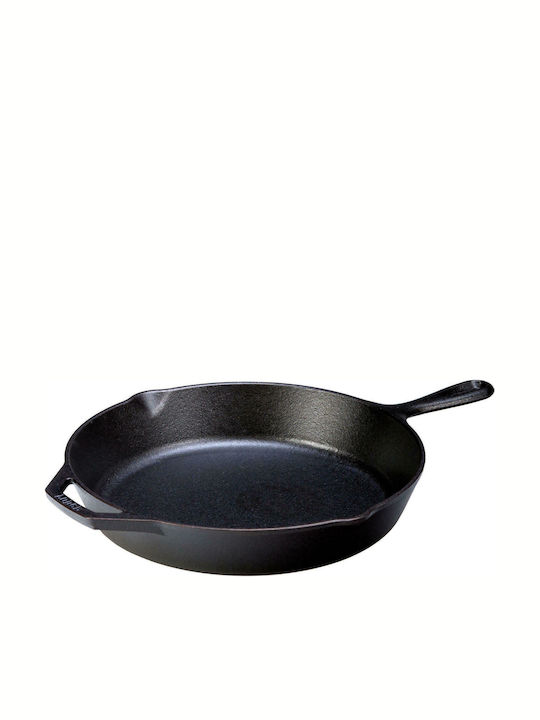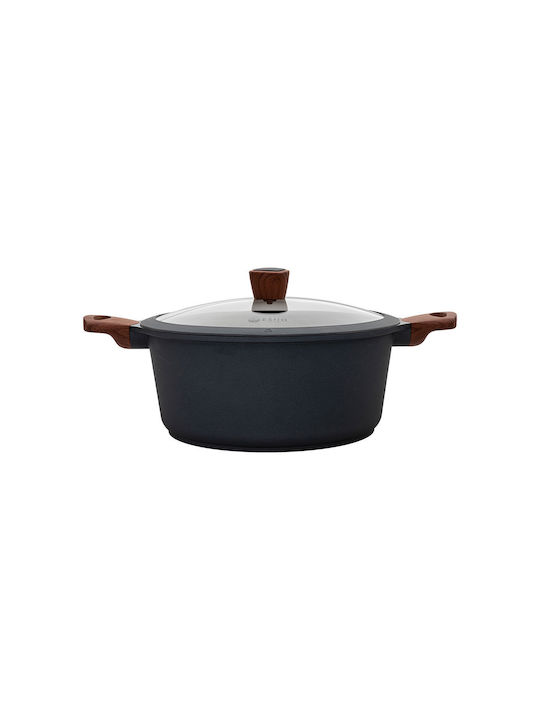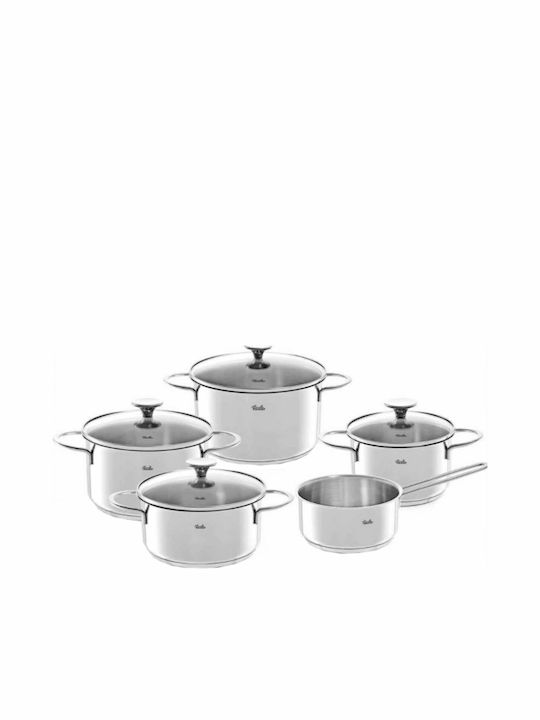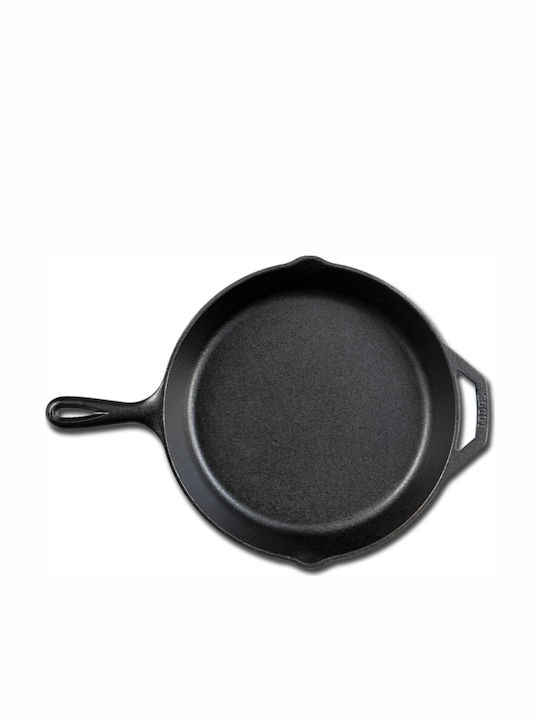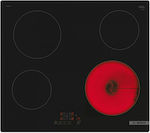We have had the hobs for 2 months now, and it is the first time we have used ceramic induction hobs. The choice was made after researching online for the advantages and disadvantages of both induction hobs and these specific ones. The final choice had two main criteria: to be as user-friendly as possible and to be able to accommodate large cookware.
These specific hobs meet both of these criteria, as well as being cost-effective, which I will explain.
So, you can use:
1. Three hobs (burners), two on the left and one on the right, independently, even with boost. The two hobs on the left are for cookware with a bottom diameter of up to 22 cm, and the one on the right is for cookware with a bottom diameter of up to 30 cm.
Practically, this means that they can accommodate almost all cookware that is suitable for induction hobs, if not the majority.
2. Two hobs on the left act as one, and one on the right. The two left hobs merge when they detect cookware touching the center of both hobs, and they function as one with a single temperature, which can be adjusted either from one hob or the other. In other words, the two hobs can be bridged with a single setting, even with boost. Practically, this means that you can use large round, oval, or rectangular cookware, as long as they fit within the centers of the two hobs. Below in the photos, you can see that I have a oval cookware with a maximum length of 36 cm and width of 26 cm, with a capacity of 9 liters, which is a cast iron casserole dish.
In terms of cleanliness, they do not get easily dirty due to induction, and water and oil do not burn on them. With a wipe of a soft cloth, they remain as good as new, just like the first day. There is some noise when using boost, but it is not something drastic.
As soon as you lift the cookware, they stop and wait in standby mode until you place something on them again. If they do not detect anything within 30 seconds, they shut off and deactivate. You can choose the cooking time, and when it is finished, you will hear a beep sound to turn it off. If you don't do it, it will automatically shut off in just one minute, and the hobs will deactivate again.
Regarding the cookware, it has been mentioned elsewhere that they require stainless steel and cast iron to work. The quality of the cookware also plays a significant role because I noticed that an aluminum pan with a steel bottom does work, but it cannot be compared to a stainless steel or cast iron pan. Cookware with a steel "core" underneath does not heat up as much as cookware with a stainless steel bottom. In my opinion, cast iron wins over all cookware here.





























